The story of Trinitarios
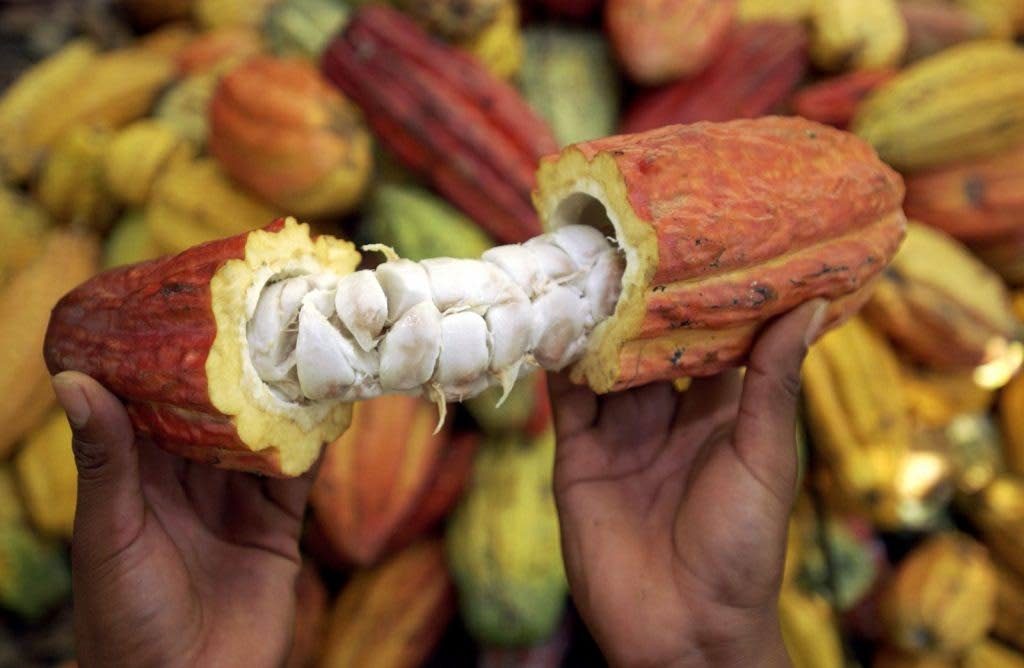
RACHAEL ESPINET examines how Trinidad gave cocoa to the world in an interview with head of the Cocoa Research Centre, Professor Pathmanathan Umaharan.
When cocoa was king, Trinidad produced approximately 40,000 tonnes to export. Then the oil boom happened.
Cocoa was once was an illustrious commodity that gave Trinidad international recognition as the mecca of chocolate. Companies like Cadbury once leased land in Trinidad just to produce fine-flavoured beans for their chocolate, and genetic materials of Trinitario cocoa was shipped throughout the Commonwealth to populate the cocoa fields of the British Empire. Now, countries like Brazil, Mexico and Ghana are producing more cocoa beans than TT could imagine to grow in the current industry.
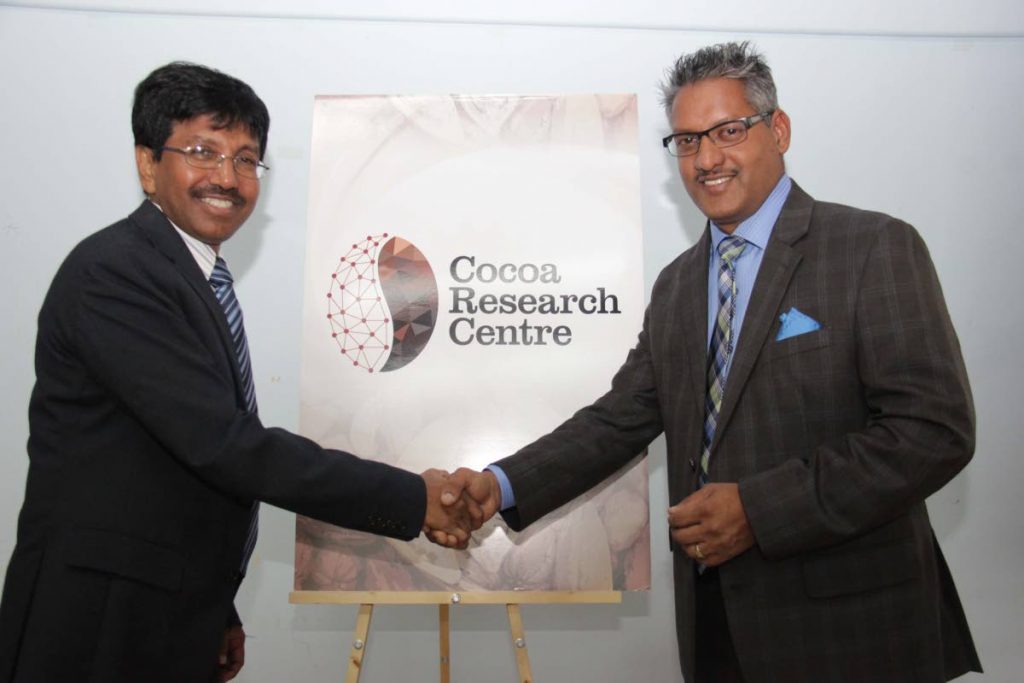
Professor Pathmanathan Umaharan, head of the Cocoa Research Centre and professor in genetics discussed with Business Day the status of cocoa in TT, the International Cocoa Genebank in Centeno and the current climate in the cocoa industry. The centre has one of the oldest library collections of cocoa research work in the world.
On arrival at Umaharan’s office in the Frank Stockdale Building of the University of the West Indies, St Augustine campus, two packs of chocolate were on his table. They were both Peruvian chocolate he received as a gift. This led to the question, “What type of cocoa bean is this made with?”
3 cocoa beans
There are three predominant types of cocoa, Criollo, Forastero and Trinitario. Criollo is known to have the finest flavour beans. Forastero is the most common bean found in most commercial chocolates (the Peruvian chocolate was Forastero), and Trinitario is a hybrid between the two beans, made in Trinidad – out of necessity.
Criollo was cultivated by the Mayans and the Aztecs and the bean was found extensively in Central America in countries such as Guatemala, Costa Rica, Belize and Nicaragua.
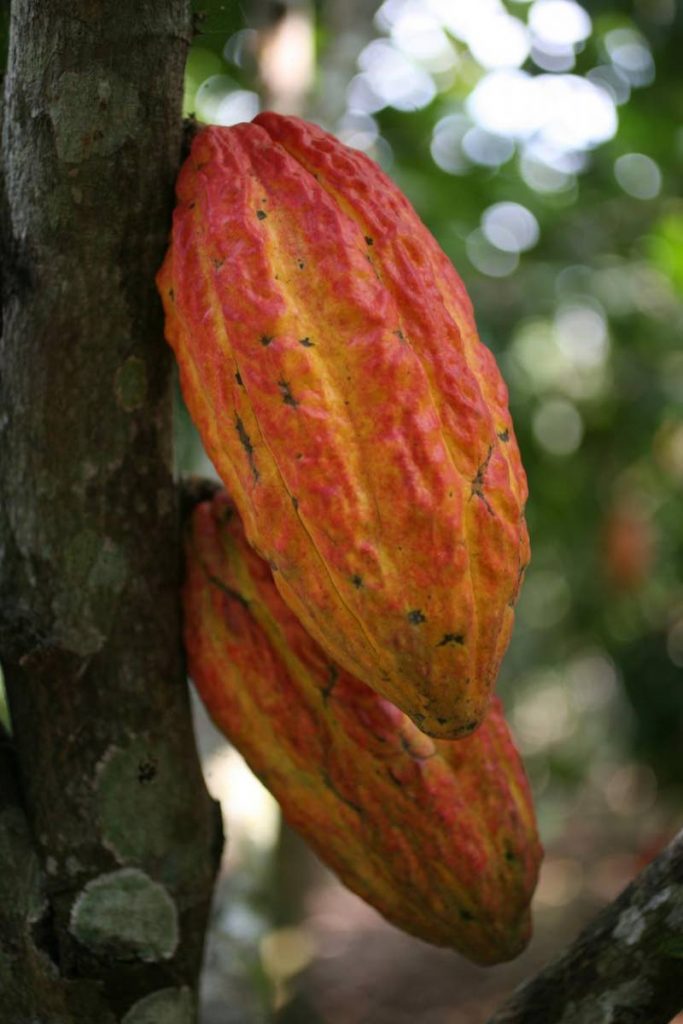
Umaharan said most of the diversity of cocoa still exists in the upper Amazon regions such as Brazil, Bolivia, Peru, Ecuador and Columbia.
It was believed the Criollo cocoa was taken from the indigenous people from South America to Central America where it was grown.
The cocoa from South America is referred to as Forastero types. These beans were unexploited by humans. They were hardy, vigorous in growth, tolerant to pest and diseases but didn't have the flavour as the Criollo types.
Criollo was selected by mankind for many generations which resulted in a type that has exceptional flavours.
“That is what makes Criollo special in flavour. Criollo is weak, not tolerant to pest and diseases. It produces low yields, but makes high quality chocolate. That is why people are willing to pay high prices for the Criollo cocoa.”
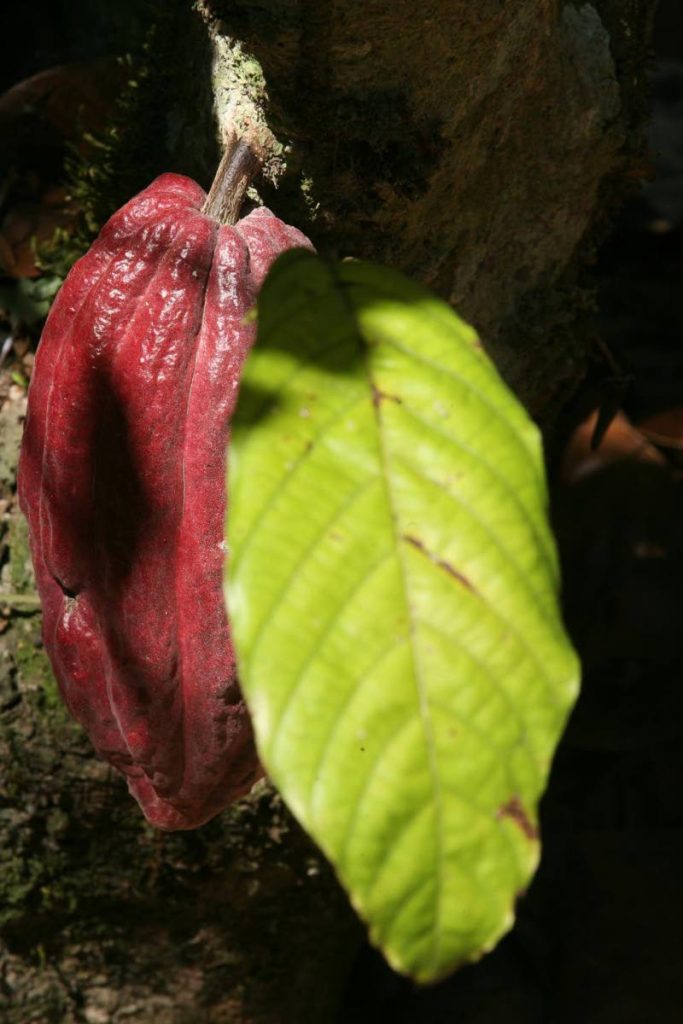
Criollo is hard to grow and the more scarce they are, the higher the price. It has an exceptional flavour profile which is nutty and floral.
The Spaniards fell in love with the Criollo bean from Central America and planted it throughout the Caribbean. Umaharan suspects it’s because planting in the Caribbean made it easy to transport back to Europe. Countries such as Jamaica, Hispaniola and Trinidad were planted with Criollo.
The Criollo, because they were weak, did not do very well when planted in Trinidad because it is a highly humid place and close to the equator.
“Unless it is planted in the hills, the low line areas are flood prone and these varieties cannot withstand those harsh conditions,” Umaharan explained.
A lot of the plants started to die in 1728. There was a recorded incident called The Blast which resulted in a lot of these plants dying. Because of the blast, planters from Trinidad went into South America, Umaharan suspects Venezuela or Guyana, and brought in the Forastero material into Trinidad and inter-planted it between the Criollo wherever the plants died. The natural hybridisation between the two types resulted in the Trinitario.
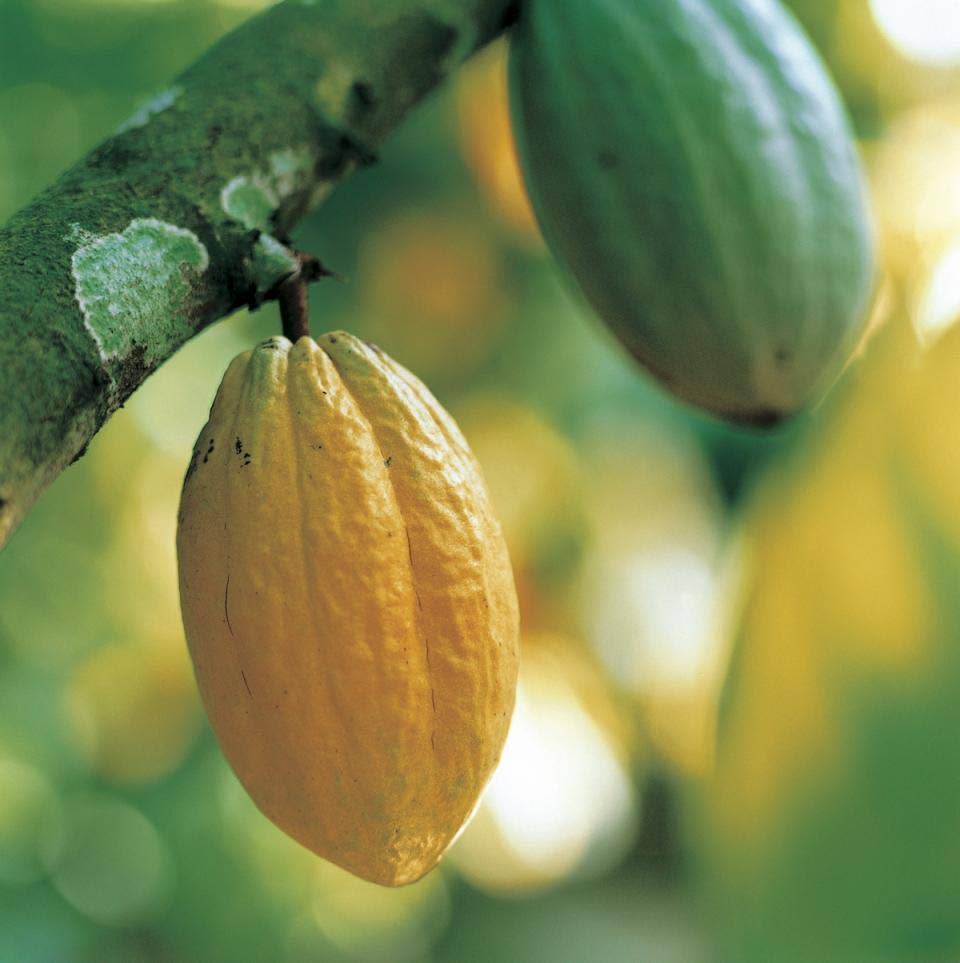
“Those hybrids were selected by planters for better yields and quality. They retained some of the good qualities of Criollo and captured the hardiness and better yields of the Forastero types.” The cocoa planters would have selected the types they liked and this led to a huge increase in cocoa production.
That led to a huge yield in production which ushered in the golden age of cocoa from 1800-1900.
Breaking the curse of witches broom
This was the time when cocoa was king. However, in the 1920s the witches broom disease, which produced a growth of shoots like a broom, devastated the cocoa industry once again.
“It came from South America and it devastated industries in Ecuador, Colombia and Suriname before coming into Trinidad. Production in Trinidad went down from 40,000 tonnes to 19,000 tonnes.”
In 1924, the British government established in Trinidad the Imperial College of Tropical Agriculture, now known as UWI, St Augustine, with graduate students from the Commonwealth to train them in growing in the tropics.
At that time, the Caribbean was mainly a plantation economy and for Trinidad, sugar, bananas and cocoa were its main crops. Witches broom was the first problem the Imperial College of Tropical Agriculture had to solve.
In 1930, the British established the Cocoa Research Scheme where Dr Frank Pound, a British scientist, was working as a breeder.
“He said if we were to address the disease we need to look for variability, places where there may be resistance to the disease,” Umaharan said.
Pound went into the Amazon region and led two expeditions into Peru where he collected wild Forastero from the Amazonian jungles and brought it back to Trinidad. He planted it in Marper Farm in Plum Mitan, Sangre Grande. This was the epicentre of the disease. The plantations in east Trinidad suffered the most rainfall. It was always wet and humid, and the disease was most devastating there. Pound planted the Forastero to see if it was tolerant to the disease.
“If you plant it in a high area of the disease and the plant survives, then it must be resistant to the disease,” Umaharan said.
He identified some of the varieties, one of which was SCA6. This variety has been planted all over the world because of its resistance to not just witches broom but black pod disease.
This was the beginning of the breeding programme in Trinidad called Trinidad Selected Hybrid (THS) which is still carried out by the Ministry of Agriculture, Land and Fisheries.
“So it started in the 1950s and continues to this day. It led to the development of varieties which are tolerant to witches broom. That is why we were able to survive the epidemic of witches broom.”
When the disease entered Brazil in the 1990s, it threatened to devastate their cocoa fields. The Brazilian production dropped drastically. However, one of the varieties from Trinidad called THS 1188 saved the industry from the witches broom.
“That is to show the importance of breeding,” Umaharan said.
Trinitarios were being grown all over Trinidad and they were not properly characterised, so Pound went into farmers' fields and selected the best producing varieties. He planted and evaluated them, and released the top hundred Trinitarios. He named them ICS 1 to ICS 100. ICS stands for Imperial College Selections.
“In so many ways you can say Trinidad gave cocoa to the world. Even if it is not indigenous to Trinidad it is indigenous to the Amazon region. Most of the cocoa varieties grown around the world were distributed largely from Trinidad. That is why Trinidad is known internationally, wherever cocoa is produced, as the home of cocoa,” he said.
To this day many countries in Latin America, Central America, Papua New Guinea, Madagascar, to name a few still produced fine-flavour cocoa using ICS 1-100.
In spite of the work and research that came out of Trinidad for the cocoa industry, the country did not receive any money for the cocoa varieties planted around the world.
"In those days there (was) not intellectual property rights. It was freely provided. It was the British Empire so they would have distributed to their colonies – India, Sri Lanka, Malaysia, Indonesia and West Africa."
After Pound, researchers at the Cocoa Research Scheme led several expeditions into countries such as Ecuador, Colombia and French Guiana. In 1981, the International Cocoa Genebank in Centeno was made. This collection has 2,400 variations of cocoa and has the largest and most diverse types of cocoa in the world. Each variety of plants have approximately 16 trees.
The genebank is one of only two international cocoa collections in the world. Costa Rica is the second, but they have a smaller collection with 1,100 plants. Umaharan sums up the importance of the TT genebank.
“At present, we have a role and, as a conservation, to conserve the collection, distribution and support breeding.”


Comments
"The story of Trinitarios"